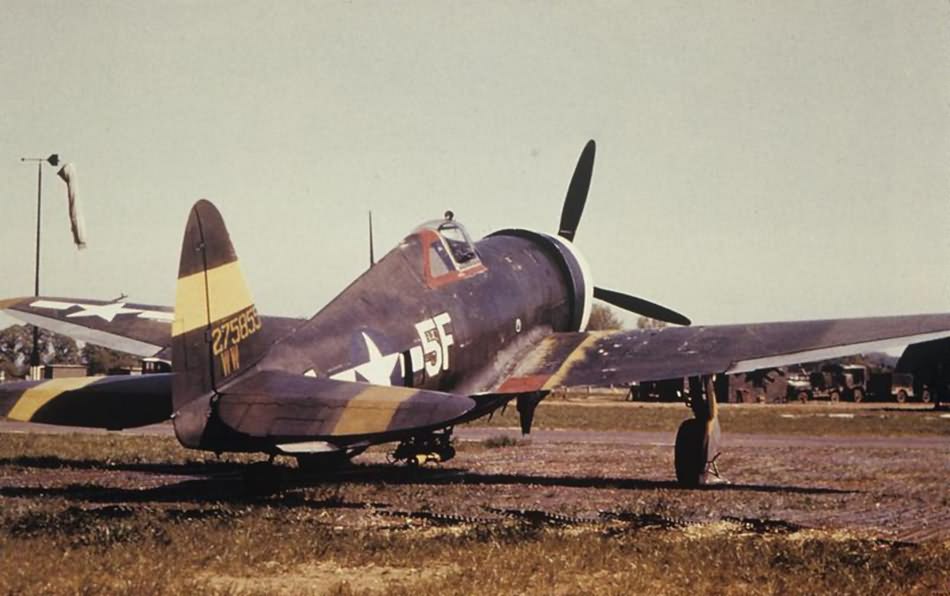“War Weary” Aircraft Classification in the 8th Air Force
By the spring of 1944, the 8th Air Force faced increasing challenges with certain aircraft that were either experiencing performance issues that couldn’t be rectified or had simply become too worn out for further operational use. To address these concerns, a new classification was introduced, referred to as “War Weary.”
Criteria and Designation:
- Definition of “War Weary”: Aircraft that met specific criteria indicating they were no longer fit for frontline combat were designated as “War Weary.” This classification was intended to ensure the safety of both the aircraft and their crews.
- Application Process: Operational units had to submit a written application to their command if they believed an aircraft qualified as “War Weary.” This formal process ensured that the designation was applied consistently and according to the established criteria.
Marking the Aircraft:
- Identification: To clearly indicate an aircraft’s “War Weary” status, units were required to paint the letters “WW” on the aircraft’s fin. These letters were the same size as the tail number and were intended to be placed as a suffix to the tail number if space allowed.
- Color of Markings: On aircraft with a bare metal finish, the “WW” letters were painted in black. For camouflaged aircraft, the letters were painted in yellow, ensuring visibility against the aircraft’s background.
- First Implementation: These markings were first introduced on P-47 Thunderbolts assigned to an air-sea rescue squadron in May 1944.
Expansion and Usage:
- Official Memorandum: On 26 June 1944, a memorandum was issued that covered the designation, identification, and disposal of “War Weary” aircraft, extending the classification and marking procedures to all qualifying aircraft within the 8th Air Force.
- Intended Restrictions: Officially, “War Weary” aircraft were supposed to be restricted to non-combat duties, such as training, ferrying, or administrative flights. This was to reduce the risk of mechanical failure or other issues during combat missions.
Practical Application:
- Occasional Combat Use: Despite the official restrictions, there were instances where “War Weary” aircraft were still employed on combat missions. This could have been due to operational necessity, lack of available combat-ready aircraft, or other practical considerations that overrode the official policy.
